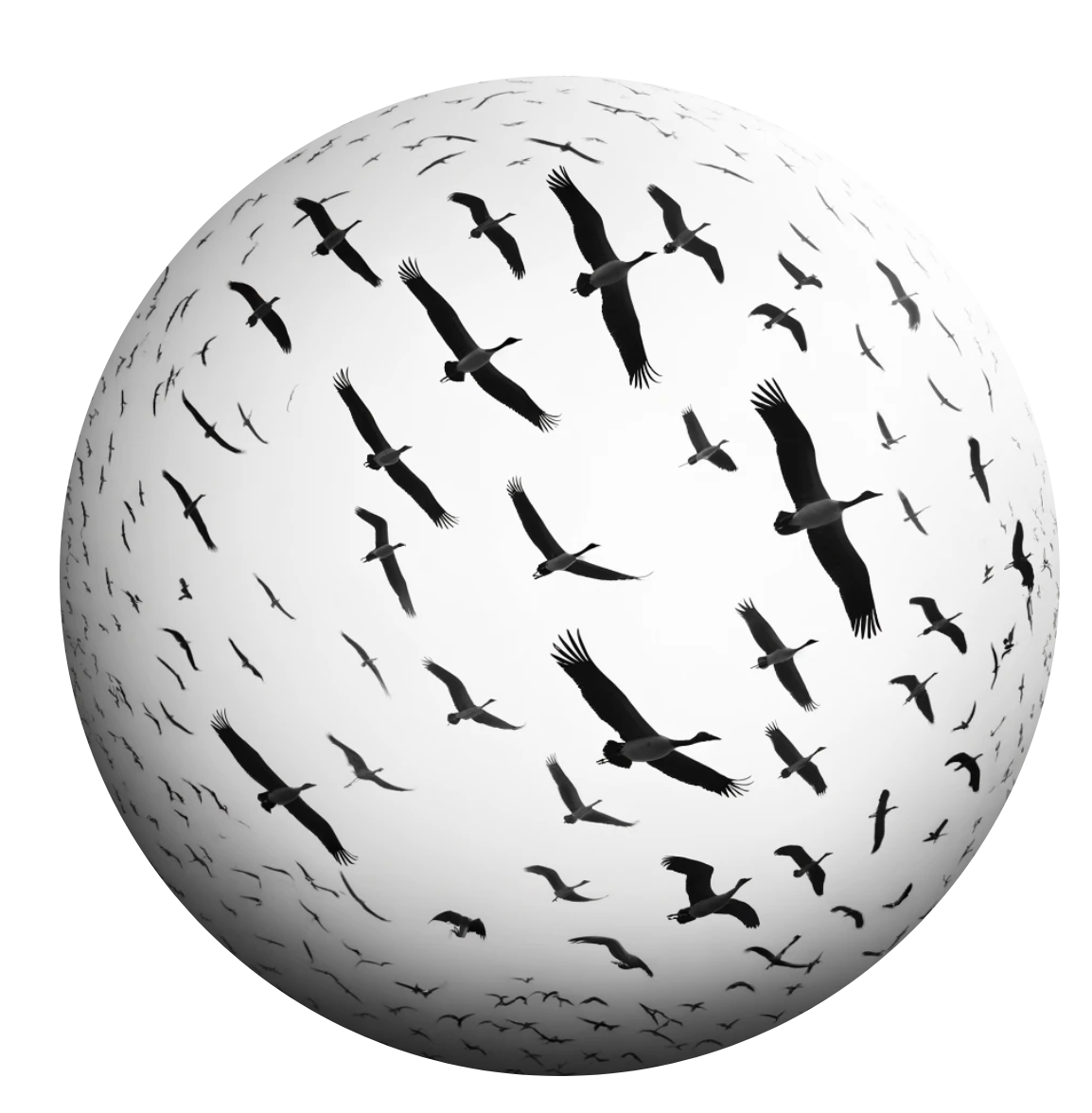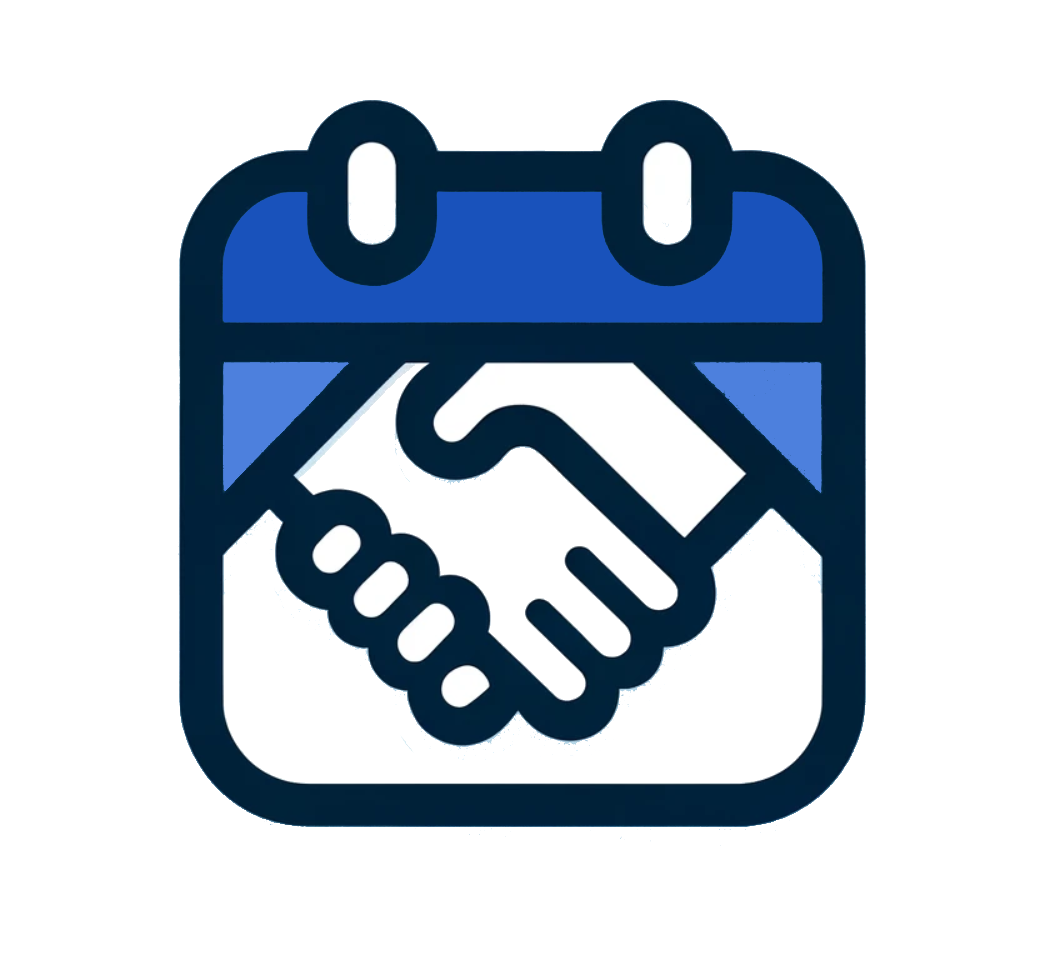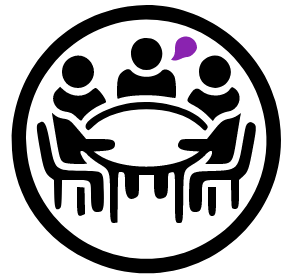
The Distributed Collective Action Network
Bring order without coercion to any organization or community
Collective action refers to the coordinated effort of a group of people to achieve a common goal. Most governments, corporations, and social movements are attempts at collective action. With this consideration, it is unfortunate that most solutions to collective action are not chosen deliberately, and that once an approach is established, people find it difficult to choose an alternative.
DCAN is a solution
The Distributed Collective Action Network (DCAN) is an approach to collective action that does not rely on centralized decision-making or coercion. It includes a versatile social protocol for long-term planning, general problem-solving, and mobilization. It does not rely on voting, laws, or money. It relies on the free flow of information and human rationality. Most importantly, it is easy to adopt in whole or in part and can be used alongside other social systems.
The model
Most systems of organizing have methods for planning, making decisions, and mobilizing people. Each process can lead to either of the other processes. Plans can be made to make decisions or mobilize people. Decisions can be made to plan or mobilize people. People can be mobilized to make decisions or plans. The methods aren't always explicit, but they are always present. For this reason, any system of organizing must provide solutions for each process.
The most popular solutions to collective action, such as corporate hierarchies, cooperatives, and constitutional governing bodies, tend to fall somewhere on the spectrum between despotism and democracy. In other words, they tend to differ primarily in the way input is given toward a decision. Once a decision is decreed, some level of force tends to be necessary to ensure full cooperation with a solution. This is because, no matter how many people support a decision, they may not have an incentive to participate personally. For example, someone may want a new park in their city, and may vote for one if given the opportunity, but would not contribute personally to its construction with labor or money. Using participation-contingent agreements, DCAN provides a solution to this problem that doesn't rely on coercion. Because of this, decision-making becomes less focused on creating an "official" or "valid" decision, and more focused on building a sufficient degree of consensus among potential participants in an action. Similarly, planning becomes less of an official roadmap, and more of a map of shared objectives.
What about conflict?
If anyone can participate in any collective action, what is to prevent conflict between actions? What is to stop actions by one group that harm or evoke retaliation from other groups? This question is answered in traditional organizing systems with a centralized enforcement mechanism, informed by official channels of deliberation. DCAN provides no system for recognizing official channels of deliberation or enforcement mechanisms. Instead, it provides tools for solving conflicts and forming consensus. Collective actions can be seen by anyone, and if they appear to cause conflict, it is against the interest of participants to engage until this conflict is resolved.
How do I start using DCAN?
The best way to start using DCAN is by using the tools built for Moss. This software is built on a user-hosted serverless architecture called Holochain. By setting up a group in Moss and installing these tools, you can start using DCAN in your organization or community. By using the software inside Moss, you can also gain access to other tools built for Holochain, such as alternatives to Trello, Google Docs, and Discord.
To set up a group in Moss:1. Download Moss from moss.social/
2. Create a Moss group and invite collaborators
3. Find "Converge" and "Who's in?" in the app store and install them in your group
 Who's In?
Who's In?
Who's In? enables users to propose events, shared tasks and agreements. With it, anyone can suggest a joint action or event, which other people can agree to on the contingency that every necessary role is filled. This allows group action to grow from idea to reality without anyone having to worry about its viability.
Legacy browser version:
www.whos-in.io
Github:
https://github.com/lightningrodlabs/whos-in
 Converge
Converge
Converge allows stakeholders to shift focus from outcomes to refining a set of criteria that has maximal support. Using this list, they can evaluate and refine proposals to meet those broadly supported criteria.
Read about theory behind this process: https://convergentfacilitation.org
Legacy browser version:
www.convergence.tools
Github:
https://github.com/lightningrodlabs/converge
Where can I learn more?
If you wish to learn more about the Distributed Collective Action Network, you can read the whitepaper.